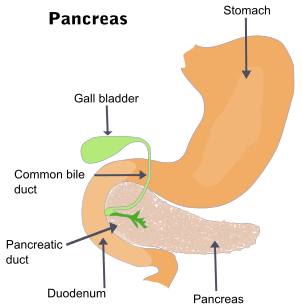EDITOR’S NOTE: I often struggle with determining whether the presentation is pancreatitis or whether it’s PANCREATITIS. There are a number of scoring systems to help evaluate this question but one in particular is nicely suited to the Emergency Department. I like Doran’s Tiny Tip that can help you remember some of the key features to consider. – EP
The severity and sequelae of acute pancreatitis range wildly, from mild epigastric pain with a benign natural history to multiple organ dysfunction necessitating ICU admission[1]. This variability poses a dilemma for emergency physicians, as diagnosis does not clearly dictate disposition. While Ranson, APACHE II, and CTSI scoring systems have been validated for risk-stratification, these tools are geared towards evaluation of the pancreatitis inpatient after extensive workup and are not amenable to use in the emergency department[2].
This conundrum has led to development of the Bedside Index of Severity in Acute Pancreatitis (BISAP), a simple tool ideal for rapid risk-stratification[2,3]. The tool is based on a 5-point score, derived from 5 parameters collected within a patient’s first 24 hours in hospital. Conveniently, the parameters of the BISAP score can be used to spell BISAP, making for an easy-to-remember mnemonic.
Blood Urea Nitrogen > 8.92 mmol/L
Impaired mental status,
≥2 SIRS Criteria,
Age > 60 years
Pleural effusion on chest X-ray or CT



